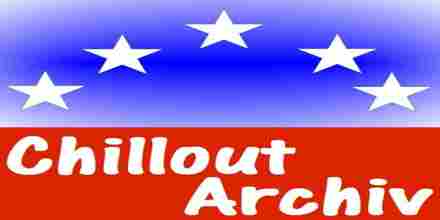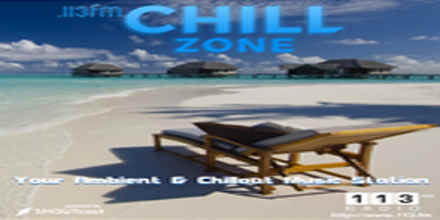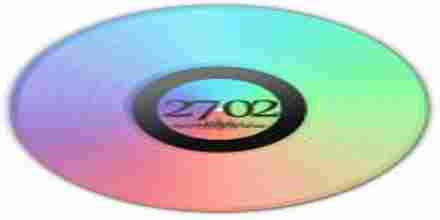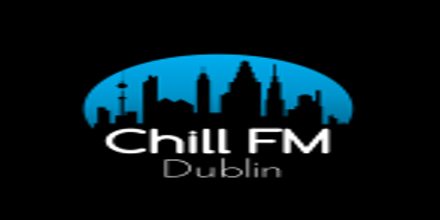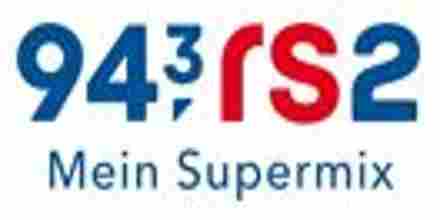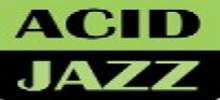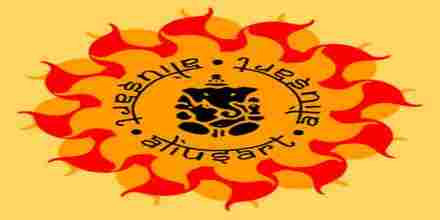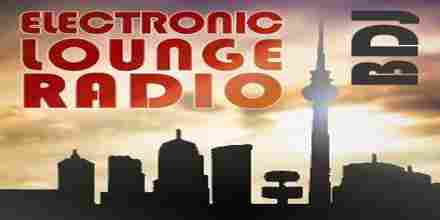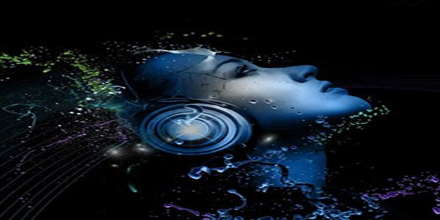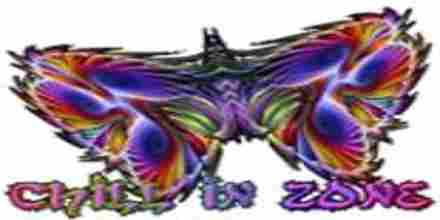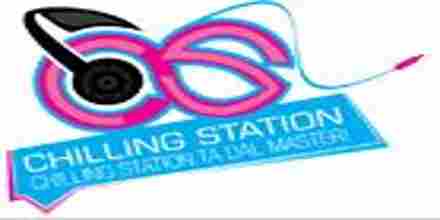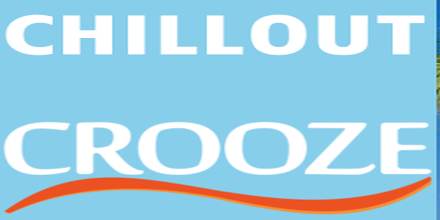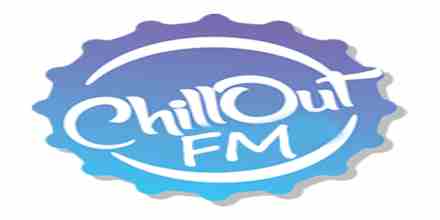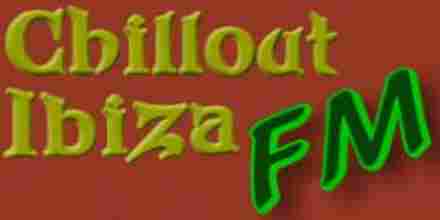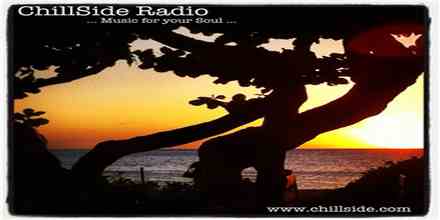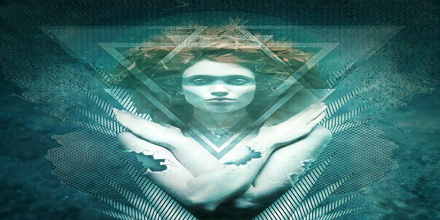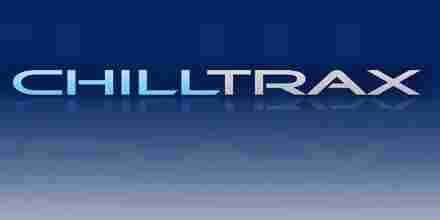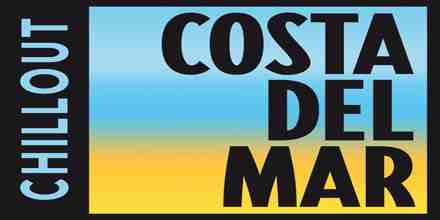Chillout music is a broad genre that encompasses various sub-genres and styles, all united by their relaxed, laid-back atmosphere designed to create a sense of calm and tranquility. Originating in the early 1990s, chillout emerged from the ambient and downtempo scenes, providing a soothing alternative to the high-energy tracks prevalent in dance music at the time. The genre is characterized by its slow to moderate tempos, typically ranging from 60 to 120 beats per minute, and its emphasis on creating a serene and introspective listening experience.
One of the defining features of chillout music is its diverse instrumentation and influences. Artists often incorporate elements from various genres, including electronica, jazz, world music, and classical, resulting in a rich tapestry of sounds. Synthesizers, acoustic instruments, and sampled loops are commonly used to create lush, atmospheric soundscapes. The melodies in chillout tracks are usually slow and melodic, often featuring repetitive patterns that evolve subtly over time.
Ambient textures play a significant role in chillout music, with artists frequently using reverb, delay, and other effects to create spacious, ethereal sounds. These textures help to immerse the listener in a peaceful environment, making it ideal for relaxation, meditation, or as background music for activities like reading or studying. The lyrics, when present, are often minimalistic and introspective, adding to the genre's calming effect.
Chillout music has several sub-genres, each with its unique characteristics. Downtempo, for example, is a slower form of electronic music that often incorporates elements of trip-hop and acid jazz. It typically features more prominent beats and melodies compared to other chillout styles. Another sub-genre is lounge music, which blends elements of jazz, swing, and easy listening with electronic production techniques. Lounge tracks often have a retro vibe, evoking the sophisticated atmosphere of 1950s and 1960s cocktail lounges.
Chillwave is a more recent sub-genre that emerged in the late 2000s, characterized by its use of vintage synthesizers, reverb-heavy production, and nostalgic melodies. It often incorporates elements of shoegaze and dream pop, creating a hazy, dreamlike atmosphere. Another notable sub-genre is deep house, which combines the laid-back vibes of chillout with the rhythmic complexity of house music. Deep house tracks typically feature smooth basslines, intricate percussion, and soulful vocals.
Chillout music has gained popularity in various settings, from relaxation and meditation to background music for yoga classes and spas. Its ability to create a calming atmosphere makes it a favorite among listeners seeking an escape from the stresses of daily life. Many artists and producers have contributed to the genre's development, each bringing their unique perspective and influences.
Some notable chillout artists include Brian Eno, whose ambient works laid the foundation for the genre, and DJ Shadow, known for his innovative use of sampling and downtempo beats. Other influential figures include Zero 7, Thievery Corporation, and Lali Puna, each contributing to the diverse soundscapes that define chillout music.
In conclusion, chillout music is a versatile and soothing genre that offers a wide range of styles and influences. Its emphasis on relaxation and introspection makes it a popular choice for listeners seeking a calming auditory experience. Whether through ambient textures, downtempo beats, or lush melodies, chillout music continues to evolve and inspire, providing a sanctuary from the fast-paced world around us.
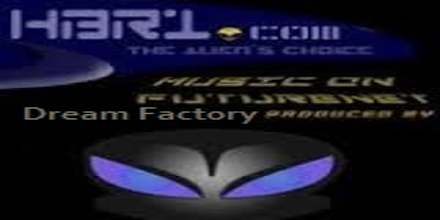 HBR1 Dream FactoryHBR1 Dream Factory
HBR1 Dream FactoryHBR1 Dream Factory 3.1k
Germany Chillout
3.1k
Germany Chillout 2.7k
2.7k
 1
Germany Chillout 128 kbps MP3
1
Germany Chillout 128 kbps MP3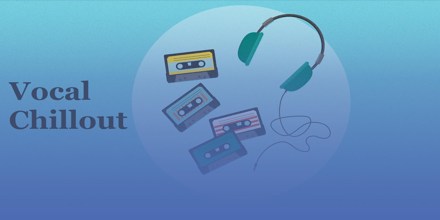 Vocal ChilloutVocal Chillout
Vocal ChilloutVocal Chillout 2.3k
Moldova Chillout
2.3k
Moldova Chillout
